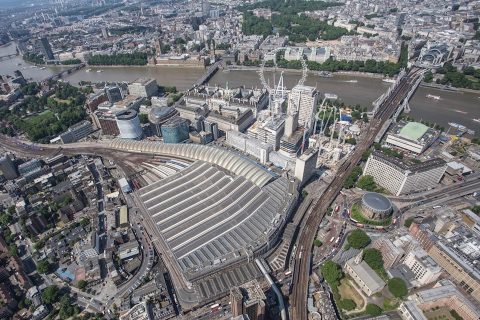Train a better mode to travel UK than plane

Travelling by train from London to Glasgow, one passenger could reduce CO2 emissions by almost 60 per cent compared to flying. In case of a journey to Manchester, this volume could be shortened even more – by 73 per cent. Taking into account security issues at the airports and complicated voyages to them from the city cores, railways provide much more comfortable trips across the United Kingdom.
Want to read more?
You have read all of your free premium articles for this month. Please become a subscriber to keep reading.
Subscribe now!
Take advantage of our exclusive offer to get full access to all premium content.





I advise avoiding the new high velocity “bullet” trains. Their tickets are much more expensive, and they have non-reclining airplane seating, with no compartments or sleeper wagons.
High speed train stations look like airports, with metal detectors, X-rays booths, restrictions, and armed security. For example you’re not allowed to see friends & relatives off on the platform, or greet them as they come to a rolling stop, like you can with conventional trains. Nor do the train windows open